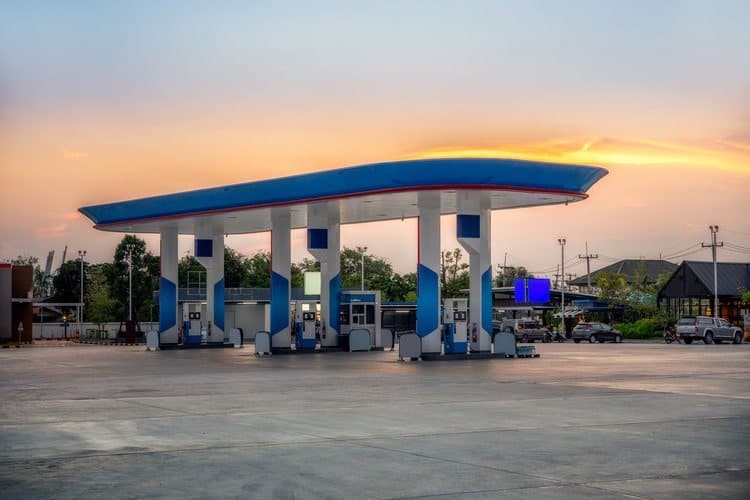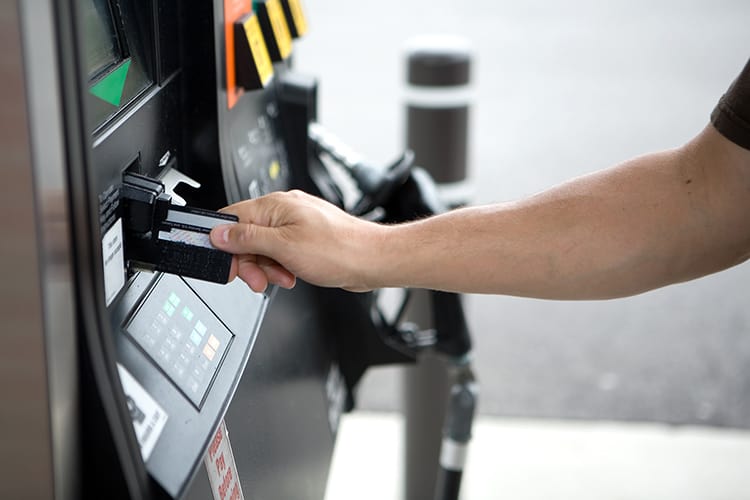So why even consider offline authorization?
The U.S. has a wide variety of merchants. If you consider those taking cards as payments today for things like mass transit, vending machines and parking meters, I can easily imagine certain categories of merchants wanting offline transaction with no CVM (no PIN or signature required) for low value – low risk payments. Where rapid checkout is essential, offline authorization of contact, contactless and mobile EMV makes sense.
What about Offline PIN authentication?
Offline PIN authentication is a whole different story. For issuers, producing a card that allows offline PIN authentication introduces complexity that not all are ready to handle. With EMV, issuers have to take into account that PIN information (not the actual PIN) must be kept in sync among the card, their transaction processing systems and their card management system if they will support offline PIN. For example, if a cardholder is allowed to establish or change their PIN in an offline environment, there is a chance that PIN information gets out of sync between systems that creates problems for the consumer.
So where does this leave us?
In the end, offline authorization of EMV transactions will be governed by rules and guidelines set forth by the card brands, card networks and the amount of risk any individual merchant/issuer wants to accept. I do foresee offline authorization with No-CVM as a viable U.S. EMV deployment option. Use of offline authorization AND offline PIN authentication will be few (if any) in the immediate future within the U.S.
We also need to keep in mind that not all EMV payment instruments will be created equal. There may be proprietary – closed loop specialty cards/payment instruments issued by financial institutions and other parties that will be different from standard debit and credit cards.
EMV is all about the flexibility to create secure and innovative payment instruments. As issuers take advantage of these flexibilities, and EMV-compatible contactless and mobile payment instruments are deployed, we will continue to see innovation and evolution in this space.



